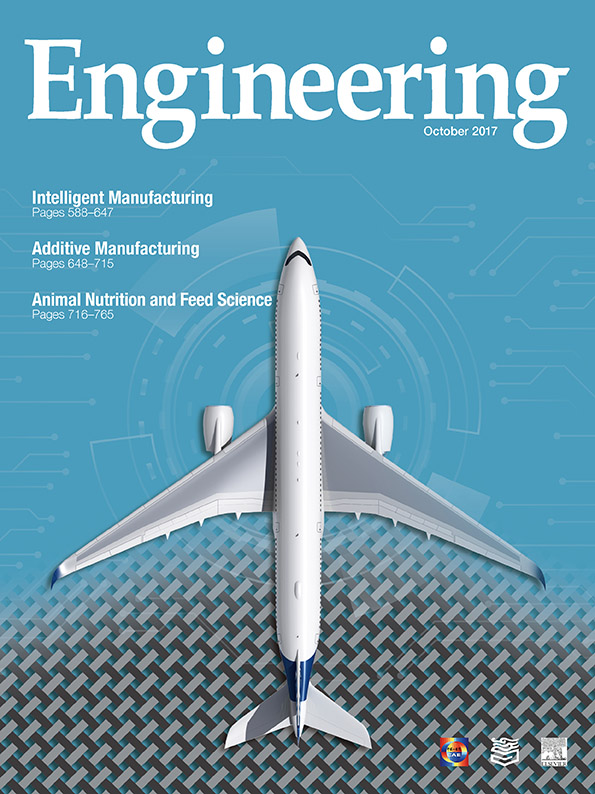Additive manufacturing (AM)—the process of joining materials to make parts from three-dimensional (3D) model data, usually layer upon layer—is an emerging field with a strong need for standardization. Standards serve to develop a common set of basic requirements along the value chain for a harmonized supplier-customer relationship. The benefits of standardization are experienced on both the quality and the commercial sides.
The aerospace industry is in the forefront of AM research; however, it is also obligated to fulfil the highest quality and safety goals for its products. All components of commercial aircraft need to be qualified and certified to the satisfaction of the airworthiness authorities, a process that is also very reassuring for the aircraft passengers. Manufacturing process maturity is an expectation held by the authorities, and is especially mandated for newly developed methods such as AM.
All of the abovementioned factors have motivated the aerospace industry to start initiatives in creating public standards for AM in aerospace. One example is a group of aerospace standards that have been or will soon be released by the Deutsches Institut für Normung (DIN; in English, the German Institute for Standardization) in Germany:
• DIN 35224. “Welding for aerospace applications—Acceptance inspection of powder bed based laser beam machines for additive manufacturing,” released September 2016.
• DIN 65122. “Aerospace series—Powder for additive manufacturing with powder bed process—Technical delivery specification,” released January 2017.
• DIN 35225. “Welding for aerospace applications—Qualification of operators for powder bed based machines for additive manufacturing,” released June 2017.
• DIN 65123. “Aerospace series—Methods for inspection of metallic components, manufactured with additive powder bed fusion processes,” released August 2017.
• DIN 65124. “Aerospace series—Technical delivery specification for additive manufacturing of metallic components by powder bed fusion process,” draft. Release expected in the first quarter of 2018.
However, considering that aerospace is a global business, standardization will not stop at the national level. The International Organization for Standardization (ISO) has established the technical committee ISO/TC 261 for AM; this committee cooperates with the American Society for Testing and Material (ASTM) Committee F42 on Additive Manufacturing Technologies to develop common standards that can be applied globally. These standards do not specifically address aerospace, but establish a general technical basis.
The following standards have been released by ISO/TC 261 and ASTM Committee F42:
• ISO 17296-2: 2015. “Additive manufacturing—General principles—Part 2: Overview of process categories and feedstock”
• ISO 17296-3: 2014. “Additive manufacturing—General principles—Part 3: Main characteristics and corresponding test methods”
• ISO 17296-4: 2014. “Additive manufacturing—General principles—Part 4: Overview of data processing”
• ISO/ASTM 52900: 2015. “Additive manufacturing—General principles—Terminology”
• ISO/ASTM 52915: 2016. “Standard specification for additive manufacturing file format (AMF) version 1.2”
• ISO/ASTM 52921: 2013. “Standard terminology for additive manufacturing—Coordinate systems and test methodologies”
Due to the many similarities between welding and the AM of metallic products, the ISO/TC 44/WG 4 committee “Welding and brazing in aerospace” has proposed the formation of a joint working group with ISO/TC 261 and ASTM Committee F42 for “Additive manufacturing in aerospace.” The terms of this cooperation were finalized on 7 March 2017, and the new joint working group will soon start developing ISO and/or ISO/ASTM standards on the topic of AM in aerospace.
The first proposed projects are as follows:
• The development of a standard for the acceptance inspection of powder-bed-based laser beam machines for AM (DIN 35224 can serve as a basis for this);
• The development of a standard on the qualification of operators for powder-bed-based machines for AM (DIN 35225 can serve as a basis for this); and
• The development of a technical specification for directed energy deposition for aerospace applications.
Thus, standardization of AM for aerospace is in progress and is heading for what many consider to be a bright future.













 京公网安备 11010502051620号
京公网安备 11010502051620号




